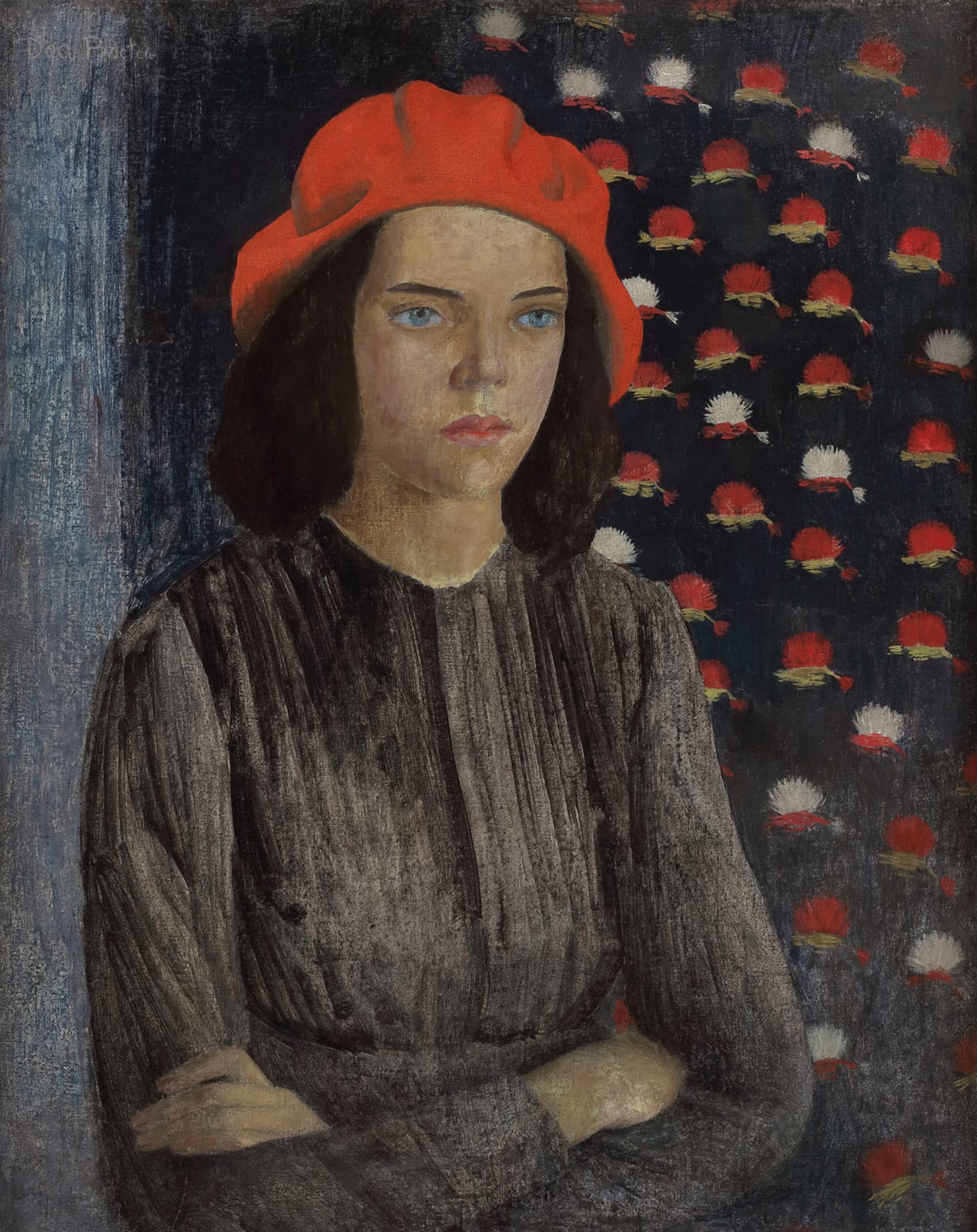
 Fig. 1 | Dod Procter, Girl in Red Cap, 1923.
Fig. 1 | Dod Procter, Girl in Red Cap, 1923.
Dod Procter
With thanks to the artist's grandson for his assistance when cataloguing this work.
This thoughtful depiction of a young woman wearing a red cap is Dod Procter’s earliest painted portrait and can be considered a seminal work within her oeuvre. It boldly demonstrates her distinct combination of naturalism and intimacy, which became a defining characteristic of her work. The self-assured young sitter, who is at present unknown, is brilliantly contrasted by her startlingly red beret and vibrantly patterned backdrop.
The portrait was evidently valued by the artist, who kept it for over thirty years until 1945, after which it was widely exhibited across the United Kingdom. Stylistically, the almost sculptural quality of the face, shoulders and upper right quadrant of the background is consistent with Procter’s early practice. In contrast, the body is reminiscent of her later technique, painted with thin layers of paint in softer tones. It is likely, therefore, that the painting was interrupted by the outbreak of the First World War and later reworked by Procter in the 1940s once her style had matured. In its completed form, between 1945 and 1961 the painting toured a total of seven exhibitions, including the Royal Academy in 1956 - each listed in Procter’s ledger.
By the time the present work was painted in 1914, Procter was in the early stages of her career. Born in London in 1890, she trained at the Forbes School of Painting in Newlyn, Cornwall, known for its focus on naturalistic techniques and plein-air painting, strongly influenced by French Impressionism. Procter and her husband, Ernest Procter, became part of the Newlyn School, a significant artists’ colony in the region. The outbreak of the First World War, however, had a considerable impact on their lives, and while specific records of Dod’s activities during this exact year are limited, the war’s onset inevitably affected the artistic community; materials became scarce, and many artists faced financial and personal hardships. Ernest served during the war, while Dod remained in England with their son.
A later 1923 portrait of a young woman, identified as Lilian in Procter’s ledger, depicts a young girl in a similar, if not the same, red hat [fig. 1]. Procter became renowned for her single figure portraits, particularly of women; her most celebrated work, Morning, depicted a young reclining woman and was presented to Tate after being voted ‘Picture of the Year’ at the Royal Academy exhibition of 1927. Procter has since been praised for her ability to capture quiet strength and introspection in her subjects and this early portrait offers a glimpse into her evolving artistic process, showcasing the foundations of her renowned ability to capture the quiet strength and inner life of her subjects.
Provenance
The Artist, until 1961[1];Private collection, U.K. and thence by descent;
Private collection, U.K.;
Bellmans, Sussex, 15 May 2024, lot 1201;
Philip Mould & Company, London, acquired from the above.
[1] See 'Ledger used by Dod Procter', Tate, TGA 7920/5/2.
Exhibitions
Sheffield, July 1945 (exhibition catalogue untraced);Derby Art Gallery, ‘Exhibition of Contemporary Art’, 17 November – 30 December 1945;
Graves Art Gallery, Sheffield, ‘Exhibition of Contemporary Art’, 29 September-31 October 1945, no. 201, as ‘Girl in Black’;
Penwith Society of Arts, Cornwall, November 1949;
Royal Academy of Arts, London, 1956, no. 44;
City Bradford Art Gallery, February 1957;
Newlyn Art Gallery, Cornwall, ‘Newlyn Society of Artists Summer Exhibition II’, 1961, no.30 [as ‘Girl in Red Cap’].
Be the first to hear about our available artworks
* denotes required fields
We will process the personal data you have supplied in accordance with our privacy policy (available on request). You can unsubscribe or change your preferences at any time by clicking the link in our emails.

